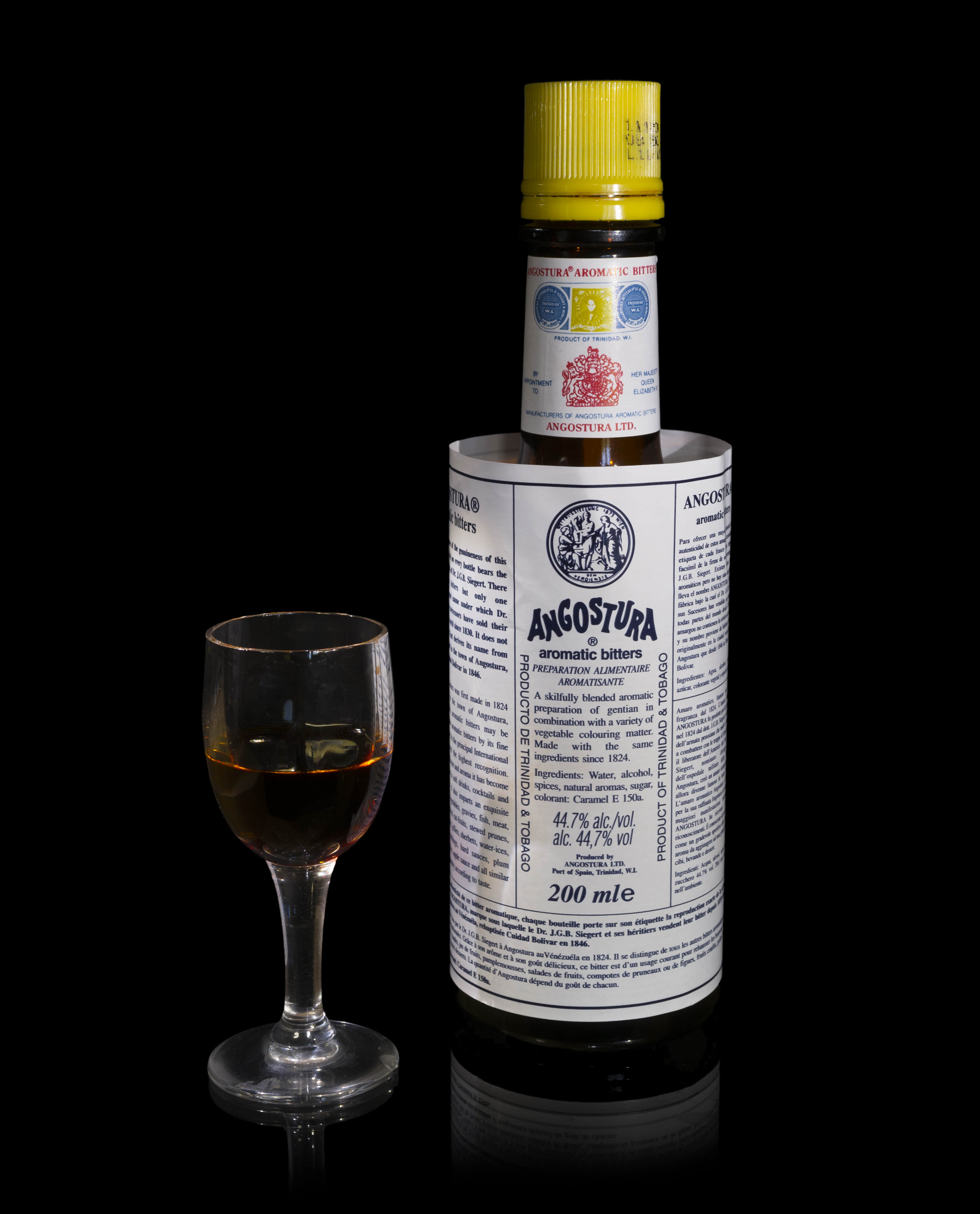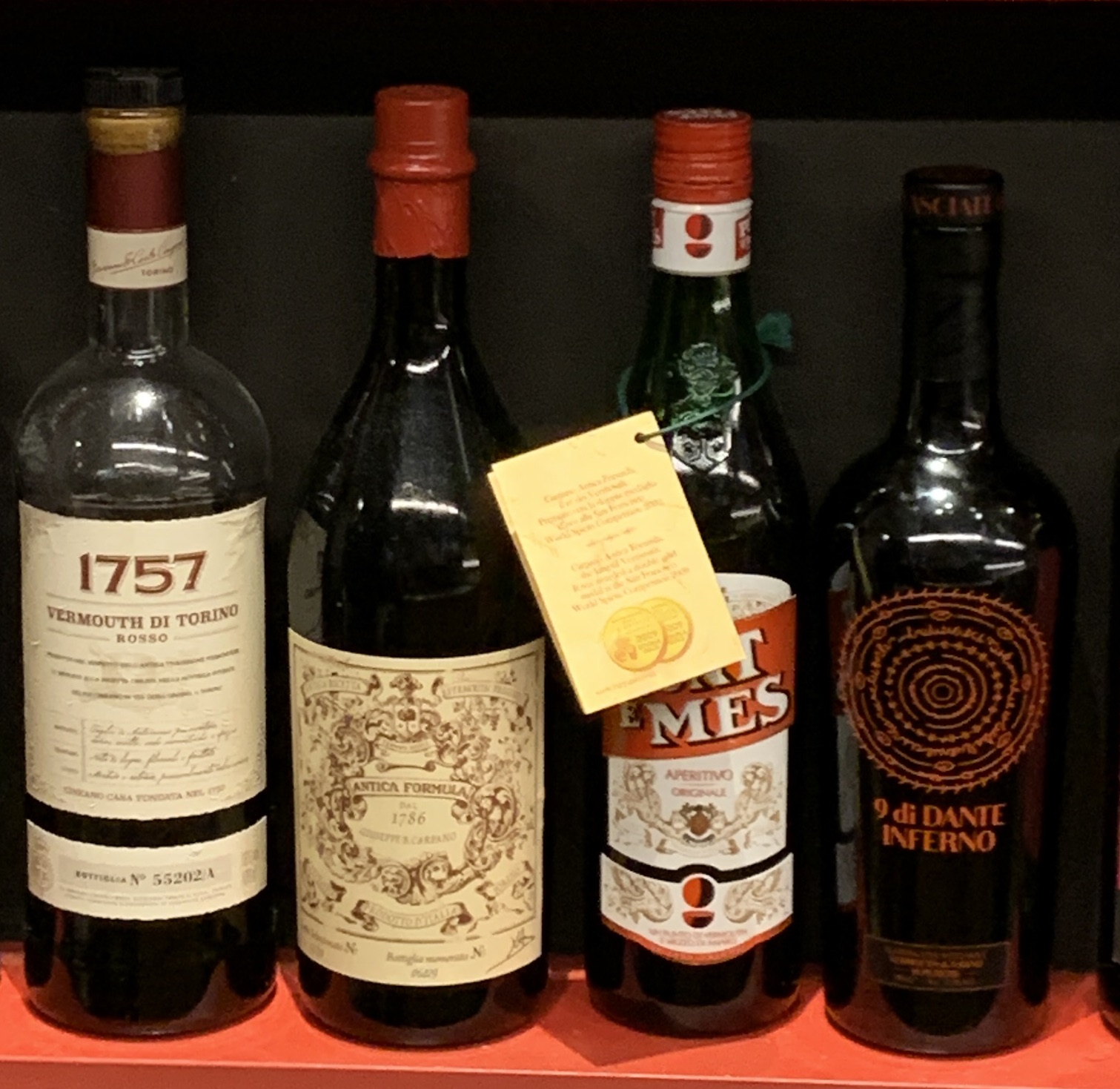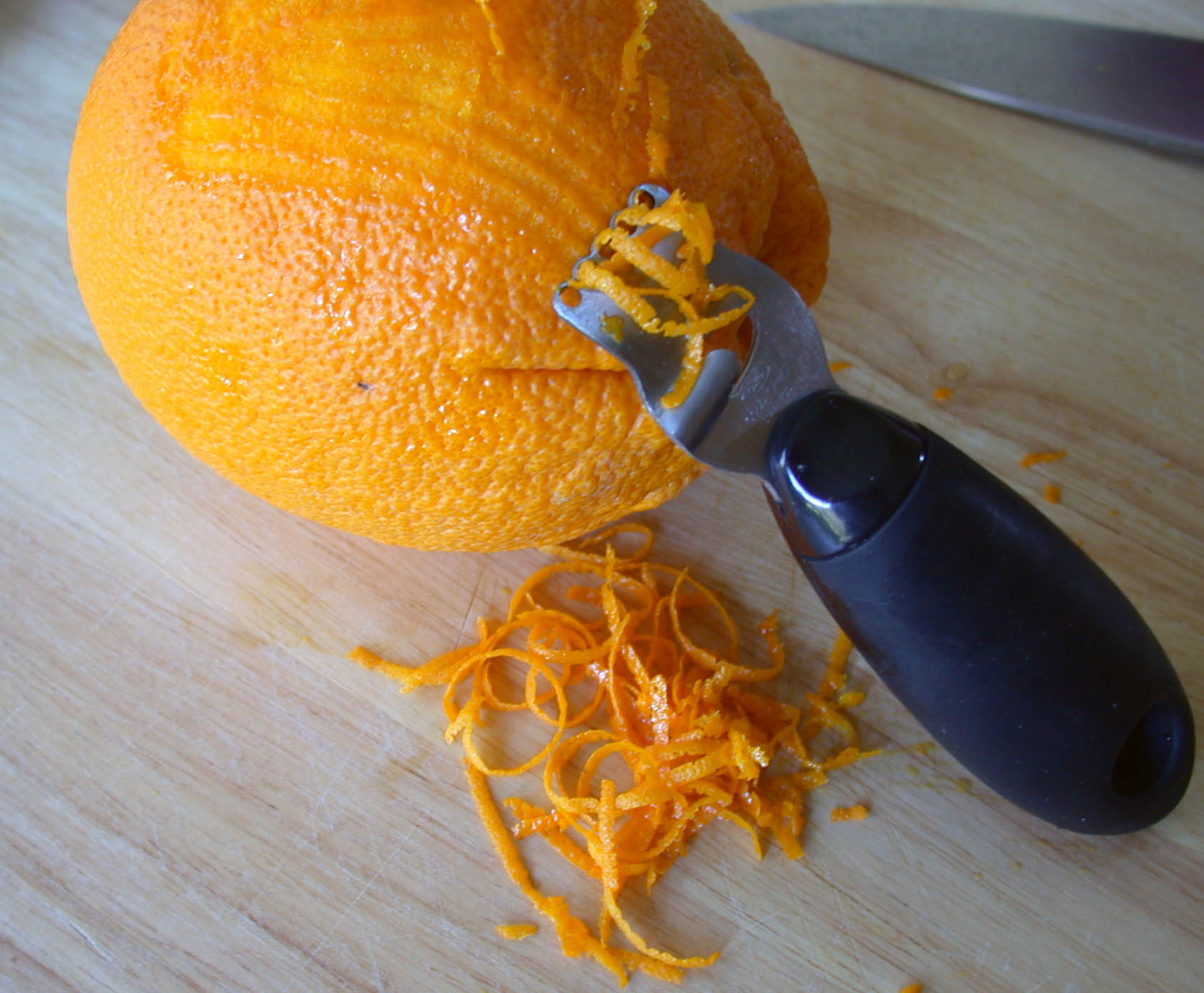|
Brut Cocktail
The brut cocktail is an early cocktail that appears in William "Cocktail" Boothby's 1908 work ''The World's Drinks and How to Mix Them''Boothby, William "Cocktail". ''The World's Drinks and How to Mix Them'', 1908. Photographed at San Francisco Public Library Historical Materials Collectioon December 28, 2007. as "a la (strong cigar) Tom Walsh, Seattle, Wash. Into a small mixing-glass full of cracked ice place a few drops of Angostura bitters, two dashes of Orange bitters, one-third of a jigger of Picon and two-thirds of a jigger of French vermouth; stir briskly, strain into a cocktail glass, squeeze a piece of lemon peel Zest is a food ingredient that is prepared by scraping or cutting from the rind of unwaxed citrus fruits such as lemon, orange, citron, and lime. Zest is used to add flavor to foods. In terms of fruit anatomy, the zest is obtained from the fl ... over the top and don't forget to ring up the money." References {{Reflist Cocktails with vermouth Cocktails w ... [...More Info...] [...Related Items...] OR: [Wikipedia] [Google] [Baidu] |
William "Cocktail" Boothby
William T. "Cocktail Bill" Boothby (November 10, 1862, San Francisco – August 4, 1930, San Francisco) was an American bartender and writer of San Francisco, California in the years before and after the 1906 San Francisco earthquake. He tended bar for many years at San Francisco's Palace Hotel. He also served in the California State Assembly for the 43rd district from 1895 to 1897. Based on California State Legislature records, he was a resident of San Francisco in January 1895. Based on copyright registration for his 1907/1908 edition of ''The World's Drinks And How To Mix Them'', he was a resident of or had an office in Mountain View, California in 1907. According to the introduction of the post-earthquake edition, the 1906 "Great Quake" destroyed the plates for his earlier version of ''The World's Drinks And How To Mix Them''. Boothby's place in the growth of the cocktail is significant; his first bar manual in 1891 contained 20 cocktail recipes among the drinks; the 1934 ... [...More Info...] [...Related Items...] OR: [Wikipedia] [Google] [Baidu] |
The World's Drinks And How To Mix Them
''The World's Drinks And How To Mix Them'' is a cocktail manual by William "Cocktail" Boothby originally published in 1900, with revised editions in 1908, 1930 and 1934. The publisher was the Palace Hotel in San Francisco, where Boothby worked. The cover of the 1908 edition describes this as the "Standard Authority" by a "Premier Mixologist". The book published the first recipe for the sazerac, one of the earliest recipes for a dry martini The martini is a cocktail made with gin and vermouth, and garnished with an olive or a lemon twist. Over the years, the martini has become one of the best-known mixed alcoholic beverages. A popular variation, the vodka martini, uses vodka in ..., as well as the Bronx cocktail. References External links Complete 1908 edition available online 1900 non-fiction books 1900 in California 20th century in San Francisco American cookbooks Cocktails Culture of San Francisco {{mixed-drink-stub ... [...More Info...] [...Related Items...] OR: [Wikipedia] [Google] [Baidu] |
Angostura Bitters
Angostura bitters () is a concentrated bitters (herbal alcoholic preparation) based on gentian, herbs, and spices, by House of Angostura in Trinidad and Tobago. It is typically used for flavouring beverages or, less often, food. The bitters were first produced in the town of Angostura (now Ciudad Bolívar, Venezuela), hence the name, but do not contain angostura bark. The bottle is recognisable by its distinctive oversized label. ''Angostura'' is Spanish for 'narrowing', the town of Angostura having been at the first narrowing of the Orinoco River. Beverages named "Angostura Bitter" or "Angobitter" are also offered from other brands (e.g., Riemerschmid, Hemmeter). Unlike the House of Angostura product, they contain angostura bark, possibly to justify the use of the word "Angostura" in their names. History The recipe was developed as a tonic by , a German surgeon general in Simón Bolívar's army in Venezuela. Siegert began to sell it in 1824 and established a distillery for t ... [...More Info...] [...Related Items...] OR: [Wikipedia] [Google] [Baidu] |
Orange Bitters
Orange bitters is a form of bitters, a cocktail flavoring made from such ingredients as the peels of Seville oranges, cardamom, caraway seed, coriander, anise, and burnt sugar in an alcohol base. Orange bitters, which are not to be confused with the standard Angostura aromatic bitters, are currently enjoying a resurgence among cocktail enthusiasts. It is to be noted that the well-known House of Angostura is one of the producers of orange bitters. For many years, it was difficult to find orange bitters in the United States and elsewhere. Because of this, some cocktail recipes that traditionally contained orange bitters may now exclude that ingredient. Renowned mixologist Gary Regan created Regan's Orange Bitters (stylized and trademarked as Regans') in the 1990s. Regans' is bottled and sold by the Sazerac Company, whose chief executive officer, Mark Brown, had worked with Regan to create a modern version of these bitters. Since 2006, the Bitter Truth in Germany has produced all-nat ... [...More Info...] [...Related Items...] OR: [Wikipedia] [Google] [Baidu] |
Vermouth
Vermouth (, ) is an aromatized fortified wine, flavoured with various botanicals (roots, barks, flowers, seeds, herbs, and spices) and sometimes colored. The modern versions of the beverage were first produced in the mid- to late 18th century in Turin, Italy. While vermouth was traditionally used for medicinal purposes, it was later served as an apéritif, with fashionable cafés in Turin serving it to guests around the clock. In the late 19th century, it became popular with bartenders as a key ingredient for cocktails, such as the martini, the Manhattan, the Rob Roy, and the Negroni. In addition to being consumed as an apéritif or cocktail ingredient, vermouth is sometimes used as an alternative to white wine in cooking. Historically, there have been two main types of vermouth: sweet and dry. Responding to demand and competition, vermouth manufacturers have created additional styles, including extra-dry white, sweet white (blanc or bianco), red (rosso), amber (ambre), an ... [...More Info...] [...Related Items...] OR: [Wikipedia] [Google] [Baidu] |
Cocktail Glass
A cocktail glass is a stemmed glass with an inverted cone bowl, mainly used to serve straight-up cocktails. The term ''cocktail glass'' is often used interchangeably with ''martini glass'', despite their differing slightly. Today, the glass is used to serve a variety of cocktails, such as the martini and its variations ( French martini, vodka martini, espresso martini, appletini), Manhattan, Brandy Alexander, pisco sour, Negroni, cosmopolitan, gimlet, and the grasshopper. History Invented in the late 19th century, its form derives from the fact that all cocktails are traditionally served chilled and contain an aromatic element. Thus, the stem allows the drinker to hold the glass without affecting the temperature of the drink, an important aspect due to the lack of added ice which in other drinks serves to cool the drink, and the wide bowl places the surface of the drink directly under the drinker's nose, ensuring the aromatic element has the desired effect. In the modern d ... [...More Info...] [...Related Items...] OR: [Wikipedia] [Google] [Baidu] |
Lemon Peel
Zest is a food ingredient that is prepared by scraping or cutting from the rind of unwaxed citrus fruits such as lemon, orange, citron, and lime. Zest is used to add flavor to foods. In terms of fruit anatomy, the zest is obtained from the flavedo (exocarp) which is also referred to as zest. The flavedo and white pith (albedo) of a citrus fruit together makes up its peel. The amounts of both flavedo and pith are variable among citrus fruits, and may be adjusted by the manner in which they are prepared. Citrus peel may be used fresh, dried, candied, or pickled in salt. Preparation For culinary use, a zester, grater, vegetable peeler, paring knife, or even a surform tool is used to scrape or cut zest from the fruit. Alternatively, the peel is sliced, then excess pith (if any) cut away. The white portion of the peel under the zest (pith, albedo or mesocarp) may be unpleasantly bitter and is generally avoided by limiting the peeling depth. Some citrus fruits have so littl ... [...More Info...] [...Related Items...] OR: [Wikipedia] [Google] [Baidu] |
Cocktails With Vermouth
A cocktail is an alcoholic mixed drink. Most commonly, cocktails are either a combination of spirits, or one or more spirits mixed with other ingredients such as tonic water, fruit juice, flavored syrup, or cream. Cocktails vary widely across regions of the world, and many websites publish both original recipes and their own interpretations of older and more famous cocktails. History The origins of the word ''cocktail'' have been debated (see section Etymology). The first written mention of ''cocktail'' as a beverage appeared in ''The Farmers Cabinet,'' 1803 in the United States. The first definition of a cocktail as an alcoholic beverage appeared three years later in ''The Balance and Columbian Repository'' (Hudson, New York) May 13, 1806. Traditionally, cocktail ingredients included spirits, sugar, water and bitters, however, this definition evolved throughout the 1800s, to include the addition of a liqueur. In 1862 Jerry Thomas published a bartenders: guide called ''How ... [...More Info...] [...Related Items...] OR: [Wikipedia] [Google] [Baidu] |
.jpg)




